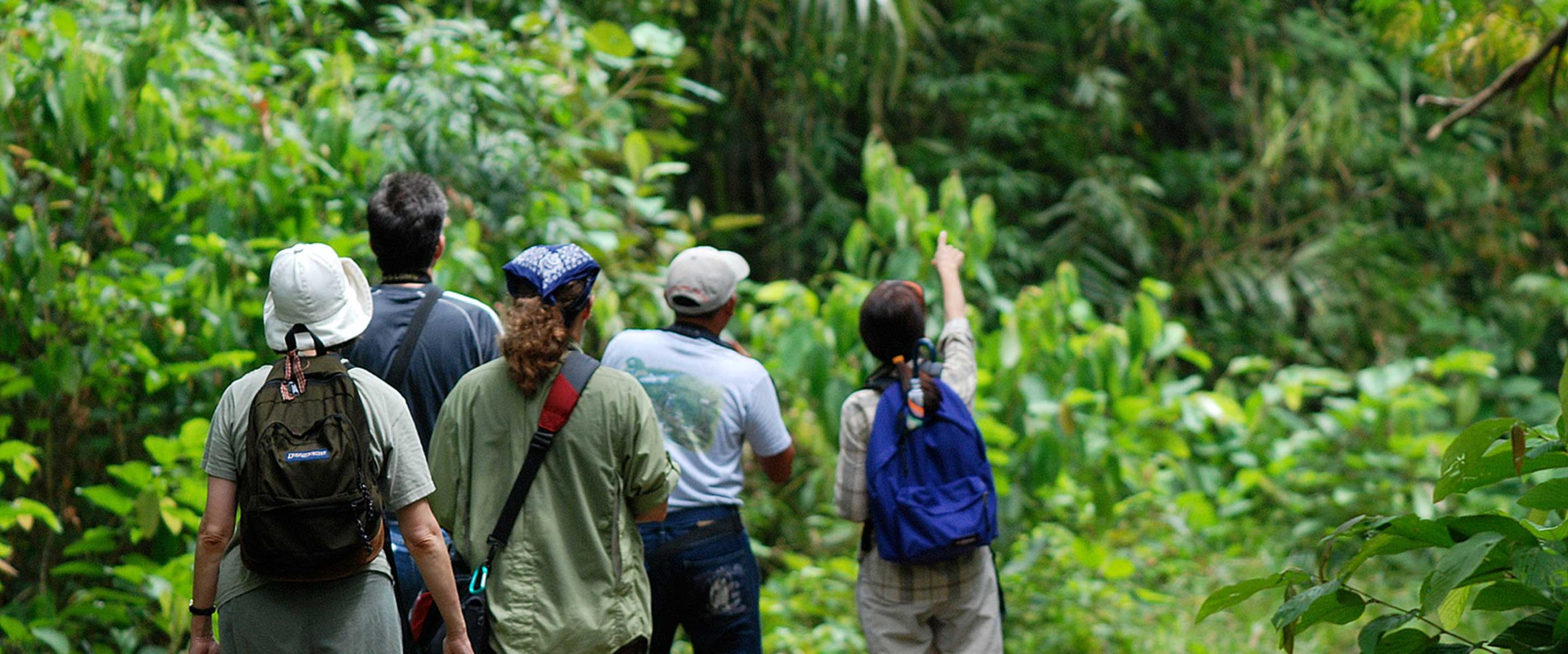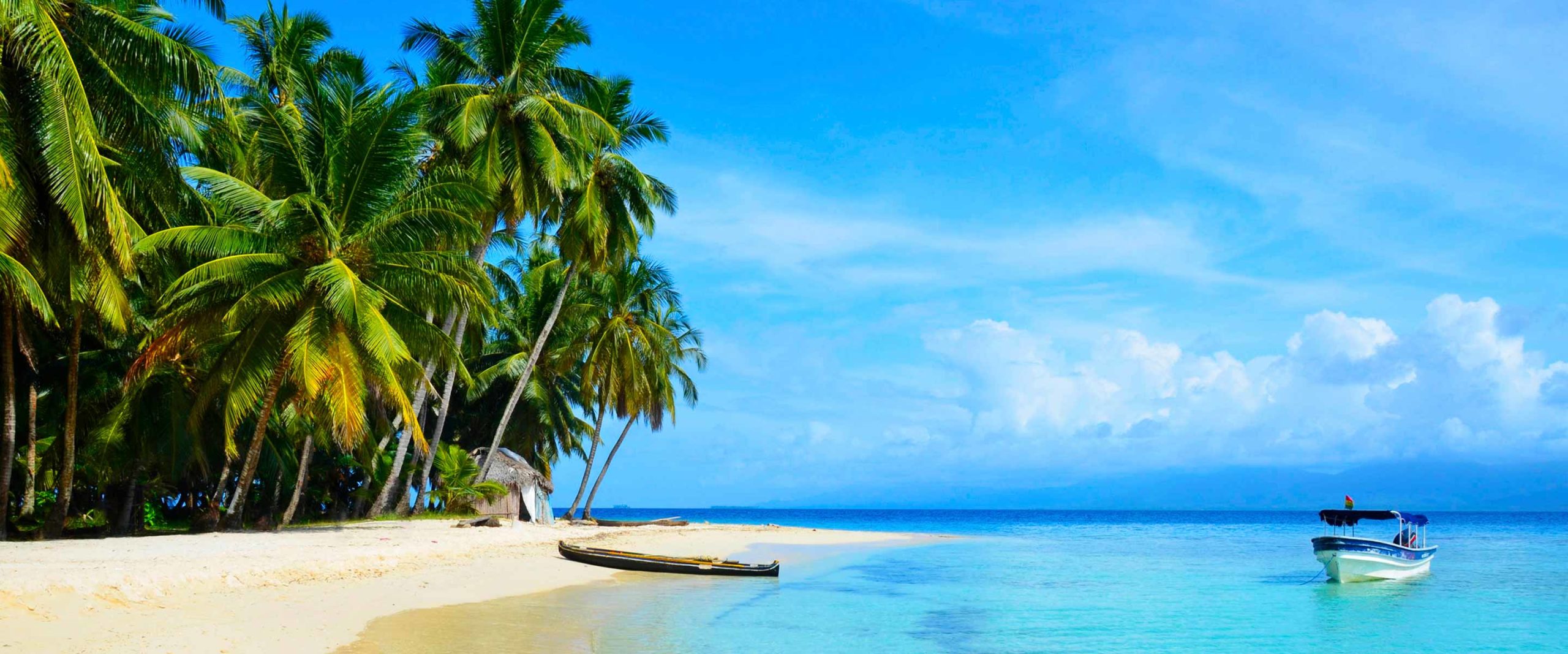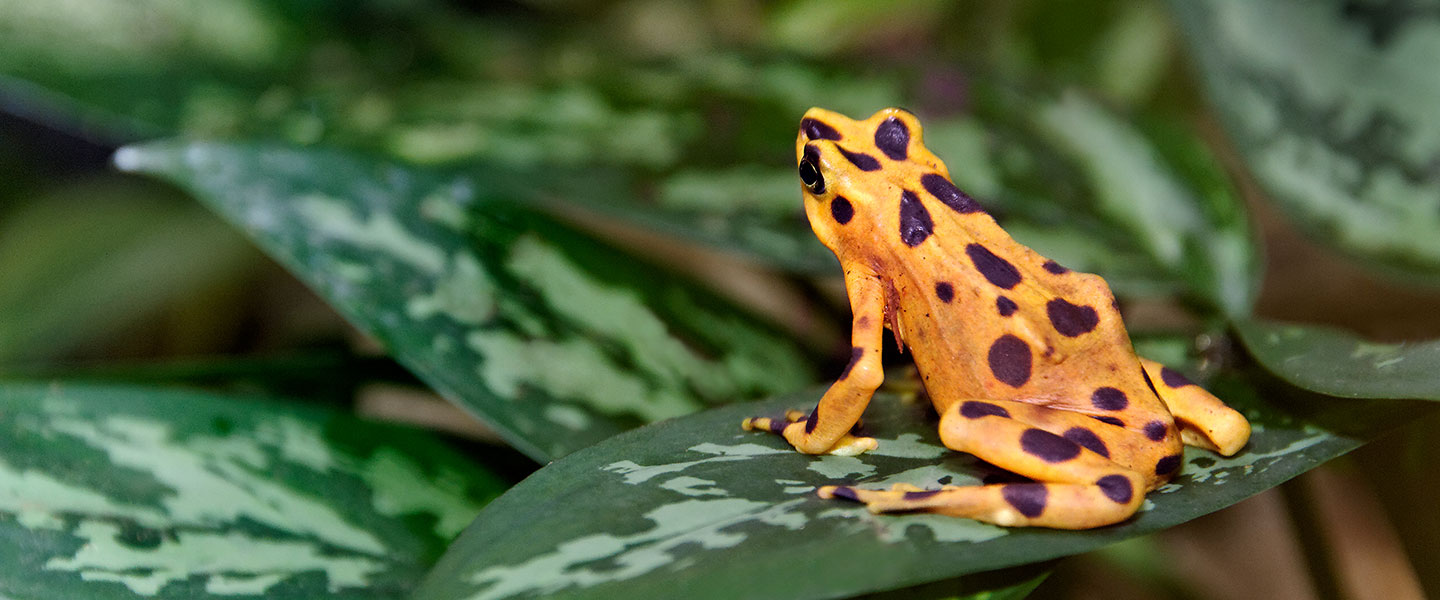
Tourism in protected areas is a growing economic activity in many countries. By drawing visitors out of tourism hotspots to more remote regions, protected area tourism can bring new benefits to rural communities and indigenous populations. While protected areas provide significant economic value, there tends to be little data to...

As ecotourism grows within Panama’s protected areas and their buffer zones, it is crucial to ensure minimum quality, sustainability and safety standards in the tourism operations. To accomplish this, Sustainable Travel International worked with the government and local stakeholders to create a sustainability standard for Panama’s tourism enterprises. This standard...

With the abundance of natural attractions, it may come as a surprise that most of the 2.3 million annual visitors to the country rarely venture outside Panama City. However, until recently, Panama had not actively developed or promoted tourism in its parks, protected areas, and more rural areas. Sustainable Travel...